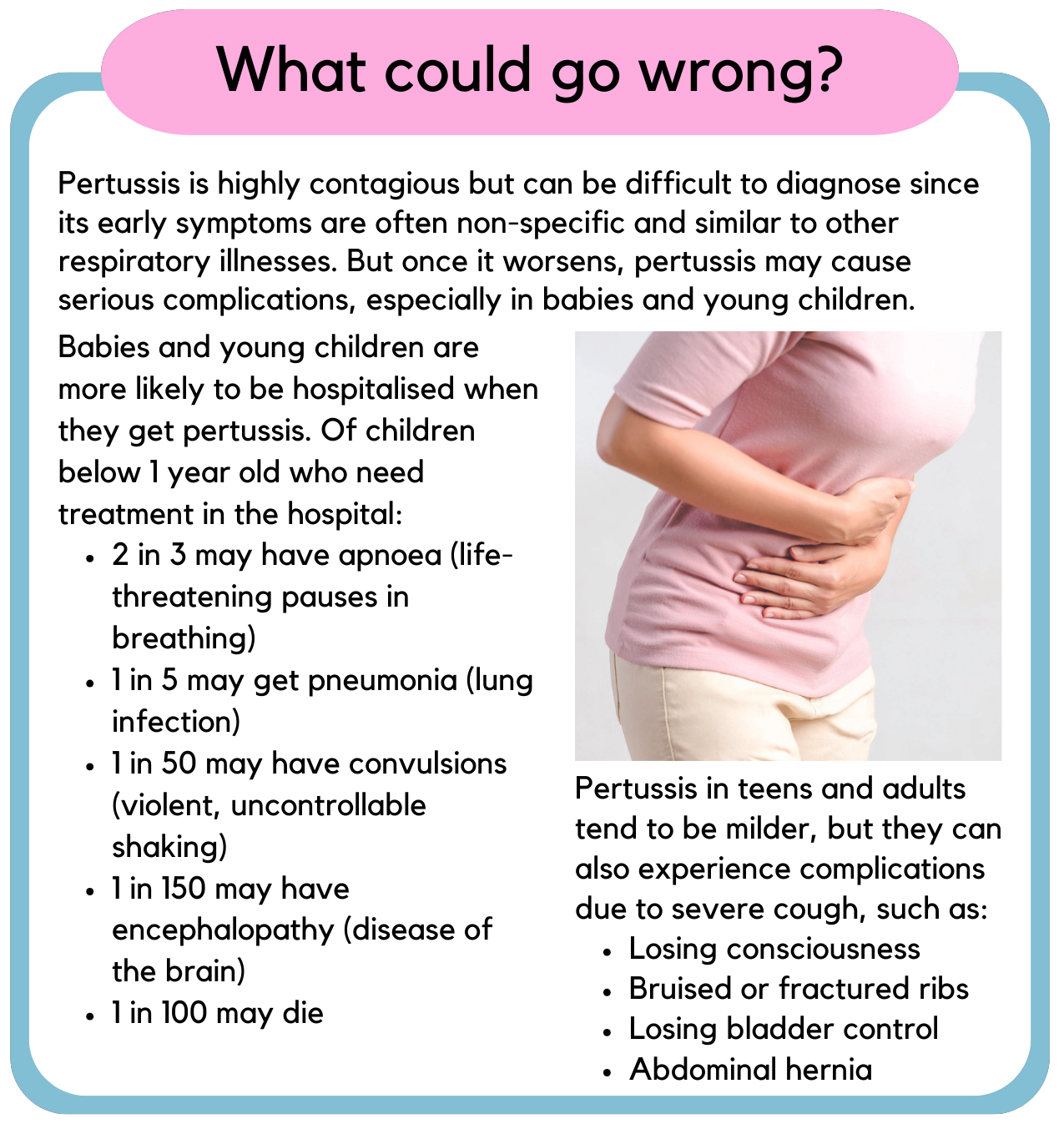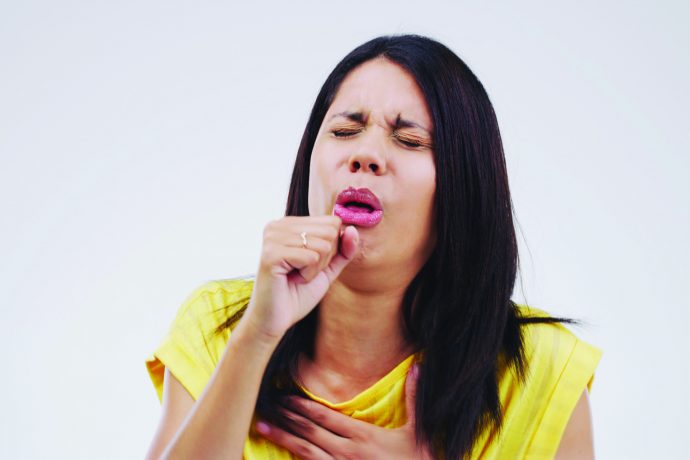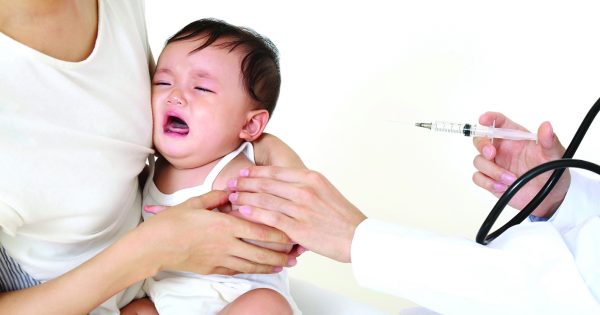A total of 329 pertussis cases and 23 deaths have been reported in Malaysia this year from January until 19 August. Worryingly, infants under the age of 12 months were the most affected, with 189 cases. The numbers paint a concerning picture of the situation but what about the real experiences of these patients?
Surviving pertussis
Three weeks after giving birth to her second son, Sofea started coughing and sneezing but the symptoms were mild and intermittent. But as her symptoms became more frequent, she was worried that she might transmit the illness to her newborn and decided to see a doctor. Since Sofea used to suffer from asthma, the doctor suspected that it was her asthma recurring. She was then provided with a course of antibiotics and treated for asthma.
Despite this, Sofea’s cough intensified over the following days, accompanied by episodes of vomiting. Occasionally, a “whoop” sound was audible as she panted for breath during a coughing fit. She consulted a few more clinics to figure out what was wrong with her, but she was told that it was either a slight cough that would subside soon or possibly food poisoning.
Sofea’s biggest concern became a reality when her baby also started coughing and vomiting. She quickly brought her baby to see a doctor but was also told that it was a normal cough. The baby was given a course of antibiotics too, but his cough persisted with increasing frequency. Over the next few days, the baby was coughing and gasping for breath every few minutes. Even Sofea’s coughing fits had worsened and she had trouble breathing due to her history of asthma.
Unfortunately, both Sofea and her little baby were admitted to a hospital as their health had deteriorated so much. The doctor who was treating them immediately suspected that both of them had pertussis, also known as whooping cough. Mucus samples were sent for testing, which confirmed the diagnosis. Sofea and her baby were then treated with the appropriate medications and antibiotics for respiratory infections caused by the culprit bacteria, Bordetella pertussis.
They were both discharged from hospital after a few days. Luckily, both mum and baby didn’t suffer any major complications. However, Sofea remembered how distressed she was when she saw her baby coughing so intensely. If she was given another chance, she would have been more cautious and taken preventive steps to protect her little one from being infected.

What could be done?
Pertussis can be prevented with vaccination. In the National Immunisation Programme, the hexavalent vaccine, which protects against six diseases including pertussis, is given to babies at age 2, 3, 5 and 18 months. However, in Sofea’s case, her baby is still too young to be vaccinated. So, what could she have done to protect her baby from the illness?
Protection should start from pregnancy. Women are also recommended to get Tdap vaccination, which protects against tetanus, diphtheria and pertussis, during the early part of the third trimester of each pregnancy. By doing this, mothers are not only protecting themselves, but also their baby.
Antibodies that are produced in the mother’s body after vaccination will be transferred to her baby during pregnancy. Babies with vaccinated mothers will already have passive immunity when they are born. Hence, they are protected against these life-threatening diseases during the first few months of life, even before they complete their own vaccination later.
Apart from that, mothers who receive the maternal Tdap vaccination are protected from pertussis themselves and are unable to spread the disease to their newborns after birth. Other steps that a mum like Sofea could have taken is to quarantine herself when she got infected and limit contact with her baby and family members until she recovers. However, the best prevention is always to start early and get vaccinated during pregnancy.






